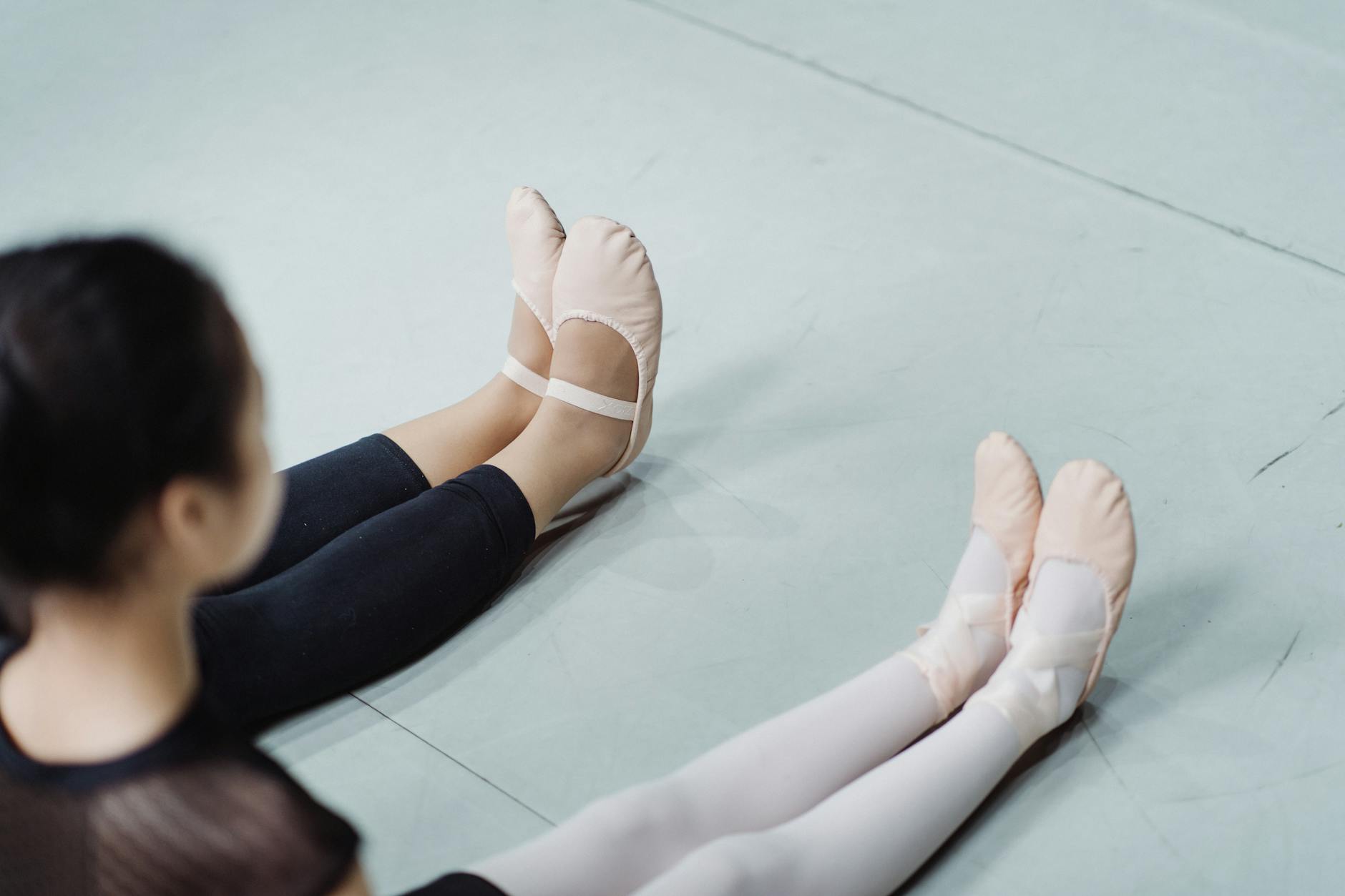Uncover the secrets behind the elegant and enchanting world of ballet in this beginner’s guide to the graceful art form.
Table of Contents
Welcome to the enchanting world of ballet, where fluid movements and graceful expressions come together to create a mesmerizing performance. If you’re new to ballet or simply curious about this timeless art form, this beginner’s guide will provide you with an overview of the history, techniques, and benefits of ballet. Let’s embark on a journey to discover the beauty and elegance of ballet.
History and Origins
Ballet has a rich history that dates back to the Italian Renaissance courts of the 15th century. It later evolved in France and Russia, where it became a popular form of entertainment for aristocrats and royalty. The foundations of classical ballet technique were established by masters such as Pierre Beauchamp and Agrippina Vaganova, laying the groundwork for the art form we know today.
The Basics of Ballet Technique
At the core of ballet technique are five basic positions of the feet and arms, which form the foundation for all ballet movements. These positions, along with the principles of turnout, alignment, and épaulement, help dancers achieve fluidity and precision in their movements. It is essential for beginners to focus on mastering these fundamentals before progressing to more advanced techniques.
Benefits of Ballet
Ballet offers a wide range of physical and mental benefits for practitioners of all ages. From improving posture and flexibility to enhancing coordination and balance, ballet can have a transformative impact on both the body and mind. In addition, ballet promotes discipline, focus, and self-expression, fostering personal growth and creativity in dancers.

Image courtesy of www.youtube.com via Google Images
Getting Started with Ballet
If you’re interested in learning ballet, there are several ways to get started. Many dance studios offer beginner ballet classes for adults and children, providing a supportive environment for learning the basics of ballet technique. Online tutorials and instructional videos can also be helpful for practicing at home and supplementing in-person classes.
Essential Ballet Attire
When attending ballet classes or performances, it is important to wear the appropriate attire to ensure comfort and ease of movement. For beginners, a leotard, tights, and ballet slippers are recommended, along with hair secured in a bun for female dancers. As you progress in your ballet training, you may need additional accessories such as pointe shoes and tutus for certain performances.

Image courtesy of www.amazon.com · In stock via Google Images
Appreciating the Art of Ballet
Attending ballet performances is a wonderful way to immerse yourself in the beauty and artistry of ballet. Whether it’s a classic production like “Swan Lake” or a modern interpretation of a contemporary piece, each ballet performance offers a unique and captivating experience. Take the time to appreciate the skill and dedication of the dancers, musicians, and choreographers who bring these performances to life.
Embracing the Journey
As you explore the world of ballet, remember that progress takes time and dedication. Embrace the challenges and setbacks as opportunities for growth and improvement. Ballet is a journey of self-discovery and expression, and each step you take on this journey will bring you closer to mastering the art of ballet. Enjoy the process and let the beauty of ballet inspire and uplift you.
Whether you’re a ballet enthusiast or a curious beginner, the art of ballet offers a magical and transformative experience that transcends boundaries and captivates hearts. Dive into the world of ballet with an open mind and a willing spirit, and let the graceful movements and elegant expressions of ballet sweep you off your feet.





